December 26, 2024 | 20:38 GMT +7
December 26, 2024 | 20:38 GMT +7
Hotline: 0913.378.918
December 26, 2024 | 20:38 GMT +7
Hotline: 0913.378.918
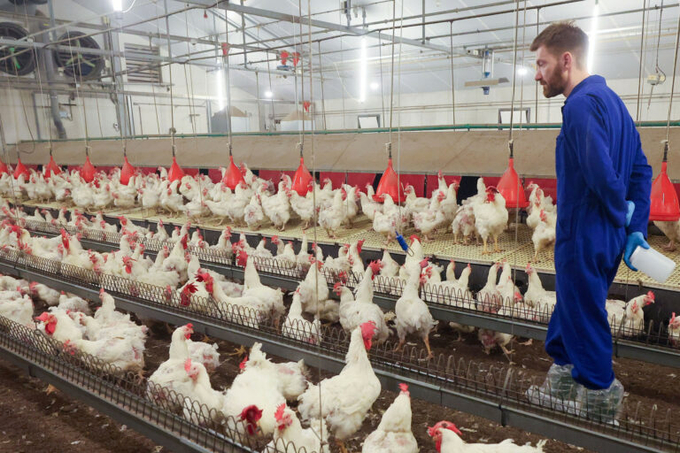
Urban workers, for example, might be drawn to poultry farm life for reasons that go beyond career stability. Photo: Bert Jansen.
The global workforce is undergoing a profound shift as an increasing number of people reach retirement age. For example, every day in the US, 11,200 individuals turn 65, according to Sally Day. This adds up to more than 4 million Americans entering retirement each year – a reality that’s particularly concerning for the farming industry.
For years, poultry farm owners and processing plants have struggled to compete with the allure of city life. But is city life really better? Many who opt for rural life cite compelling reasons to stay: safer environments, stronger communities, and steady, long-term jobs. So how can poultry farms attract the next generation of workers and convince them that rural life, and poultry farming in particular, is worth their while?
Attracting and retaining talent
As McKinsey points out in their report ‘Global farmer insights 2024’, farmers are increasingly prioritising productivity, with efficiency and sustainability becoming paramount.
Embracing technology
In the past, farming was often associated with long hours of manual labour. Today, that perception is rapidly changing as technology revolutionises the industry. Modern poultry farms are becoming increasingly reliant on advanced technologies such as robotics, drones, IoT (Internet of Things) devices, and data-driven tools. For example, Birdoo monitors poultry houses 24/7 using camera-vision technology and machine learning algorithms. AviSense is a very affordable chicken robot that helps poultry farmers make up for labour shortages and secure animal welfare. These innovations reduce the need for manual labour in poultry farming, and increase the need for creative minds.
Besides increasing efficiency, technology is a huge draw for younger workers. The current generation has grown up in a digital world, and they expect their workplaces to reflect that. Poultry farms that embrace modern technology can attract these tech-savvy individuals by offering opportunities to work with cutting-edge tools and systems.
Invest in multilingual talent
One of the biggest challenges facing poultry farms today is the reliance on immigrant labour. Many poultry farms depend heavily on workers who may not speak English as their first language, and communication barriers can hinder productivity and employee satisfaction. Poultry farm owners need to address this issue head-on by investing in multilingual management.
Having managers who speak the same languages as their workers not only improves communication but also fosters a sense of belonging. Workers are more likely to stay with a farm if they feel understood and valued.
Encourage creative thinking
In an industry as complex as agriculture, poultry farms need more than just hard workers; they need innovative thinkers who can adapt to changing markets, consumer preferences, and technological advances. The poultry industry is increasingly interconnected, with supply chains stretching across multiple sectors. This means that farms need workers who can think critically about how their work affects not just the poultry farm, but the broader food system.
Broaden your talent search
Where will the next generation of poultry farm workers come from? The answer might surprise you. Reports show that diverse workforces bring new perspectives and innovative thinking to the table. Don’t limit your search to traditional farming communities. Many potential workers may come from nearby towns or even cities. These individuals, particularly those without farming backgrounds, could bring fresh ideas and approaches to the industry.
Urban workers, for example, might be drawn to poultry farm life for reasons that go beyond career stability. The promise of a better quality of life, stronger community ties, and the chance to work in a rapidly modernising industry could be strong incentives. Moreover, workers who are new to farming often bring enthusiasm and a willingness to learn – traits that are invaluable in an evolving industry.
Invest in your existing workforce
Sometimes, the talent you need is already working on your poultry farm. According to a recent Kincannon & Reed report, coaching existing leaders provides a 5:1 return and when retention/the cost of finding replacements is factored in the return rises to 8:1. By investing in their growth, you not only improve farm performance but also increase retention.
Conclusion
Attracting and retaining the next generation of poultry farm workers requires a new approach. By embracing technology, fostering creativity, and expanding your search for talent, you can ensure that your farm is well-positioned for the future. The poultry industry is evolving, and poultry farms that invest in innovation and their workforce will be the ones that thrive.
(Poultryworld)

(VAN) Livestock production is a cornerstone of agrifood systems, providing essential nutrition and economic opportunities worldwide.
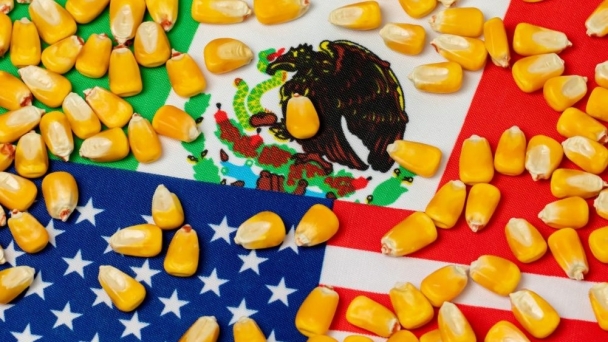
(VAN) With Mexico accounting for nearly 50% of total US corn export sales annually, US corn growers hailed the decision as a major victory.
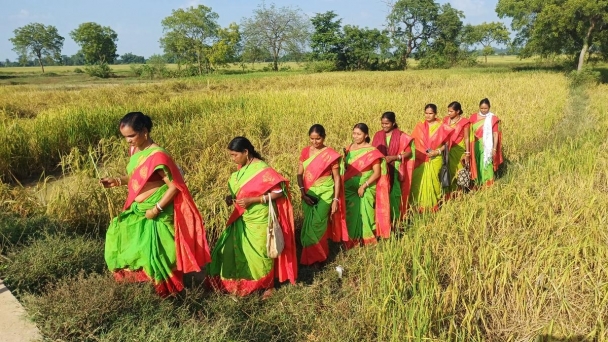
(VAN) Thousands of women in West Bengal’s Jhargram district have set up a farmer producer company, Aamon, cultivating indigenous varieties of paddy without using lab-made fertilizsers.
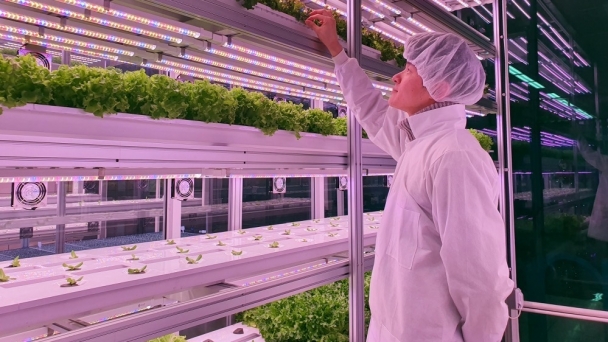
(VAN) Achieving food security and sustainability is a top priority for Saudi Arabia as it works toward building a more inclusive economy.
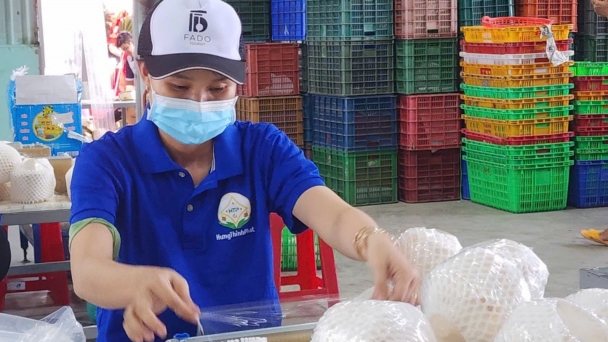
(VAN) Tien Giang province is actively inviting domestic and international investors to explore opportunities in its burgeoning coconut industry, which boasts significant untapped potential.
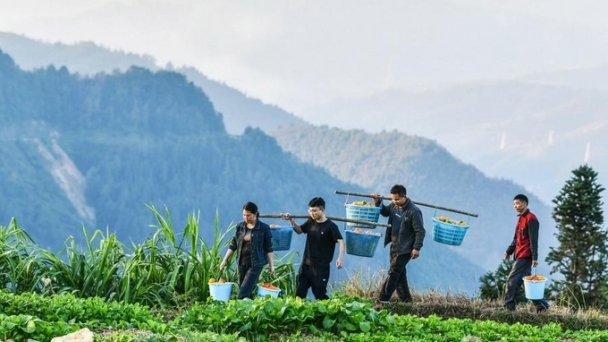
(VAN) Chinese President Xi Jinping has urged further deepening rural reform and making solid advances toward the goal of building up China's strength in agriculture.
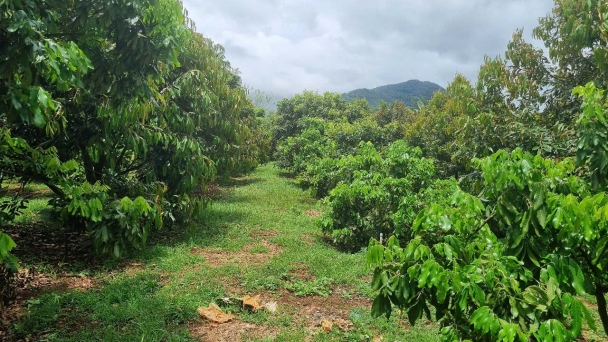
(VAN) Recovering degraded soil is a prolonged, enduring process that demands solutions on mechanisms, policies, infrastructure investment, science technology and agricultural extension, etc.